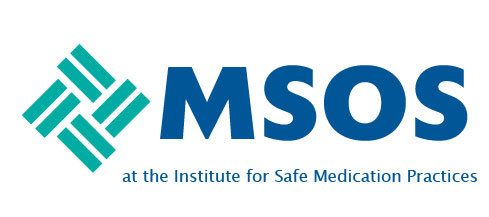Development of the Patient-Reported Indicator Surveys (PaRIS) conceptual framework to monitor and improve the performance of primary care for people living with chronic conditions
The Organisation for Economic Co-operation and Development (OECD) Patient-Reported Indicator Surveys (PaRIS) initiative aims to support countries in improving care for people living with chronic conditions by collecting information on how people experience the quality and performance of primary and (generalist) ambulatory care services. This paper presents the development of the conceptual framework that underpins the rationale for and the instrumentation of the PaRIS survey.
MethodsThe guidance of an international expert taskforce and the OECD Health Care Quality Indicators framework (2015) provided initial specifications for the framework. Relevant conceptual models and frameworks were then identified from searches in bibliographic databases (Medline, EMBASE and the Health Management Information Consortium). A draft framework was developed through narrative review. The final version was codeveloped following the participation of an international Patient advisory Panel, an international Technical Advisory Community and online international workshops with patient representatives.
Results85 conceptual models and frameworks were identified through searches. The final framework maps relationships between the following domains (and subdomains): patient-reported outcomes (symptoms, functioning, self-reported health status, health-related quality of life); patient-reported experiences of care (access, comprehensiveness, continuity, coordination, patient safety, person centeredness, self-management support, trust, overall perceived quality of care); health and care capabilities; health behaviours (physical activity, diet, tobacco and alcohol consumption), sociodemographic characteristics and self-reported chronic conditions; delivery system characteristics (clinic, main healthcare professional); health system, policy and context.
DiscussionThe PaRIS conceptual framework has been developed through a systematic, accountable and inclusive process. It serves as the basis for the development of the indicators and survey instruments as well as for the generation of specific hypotheses to guide the analysis and interpretation of the findings.
